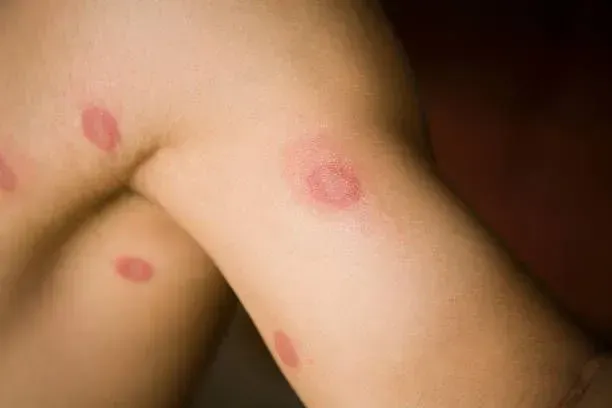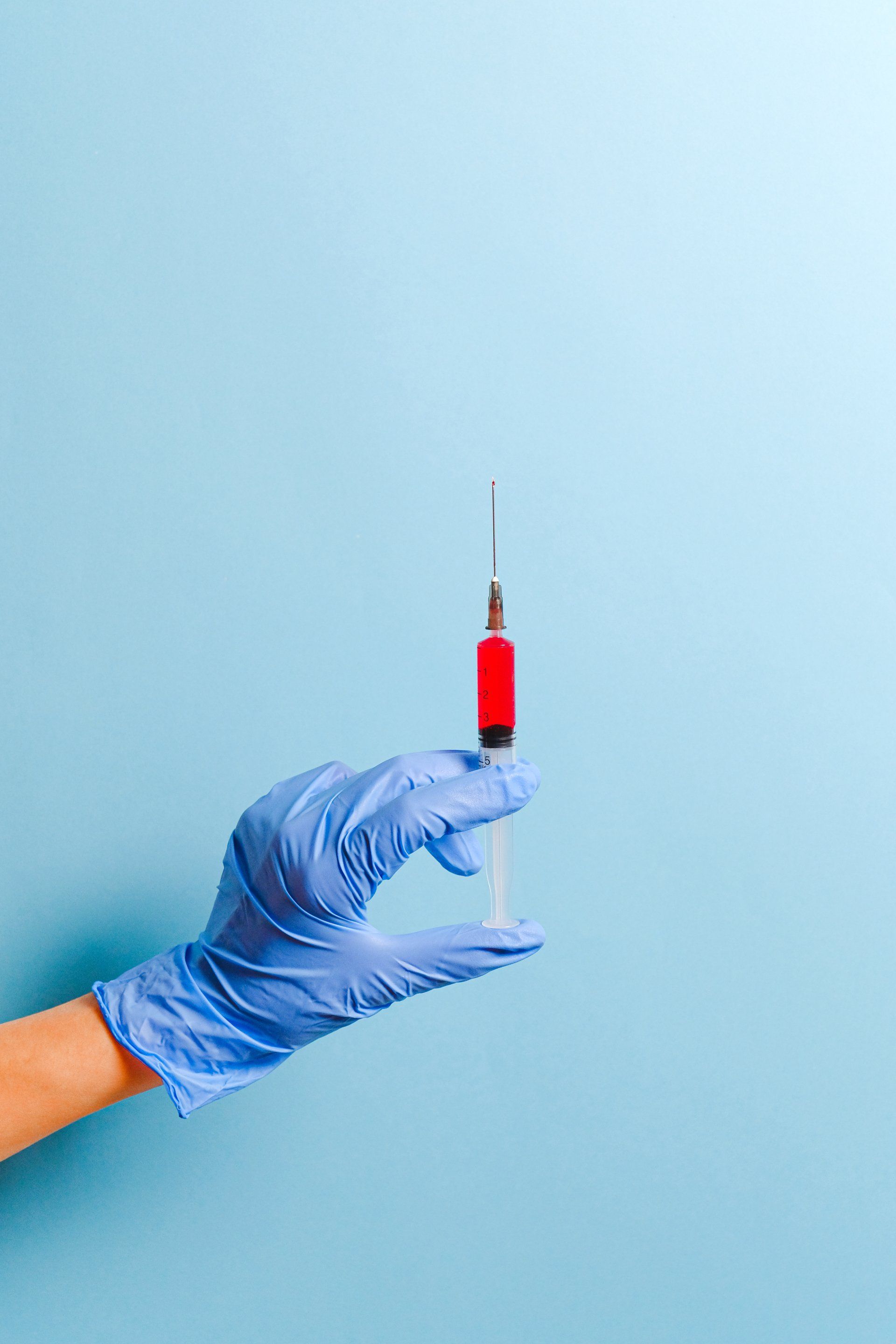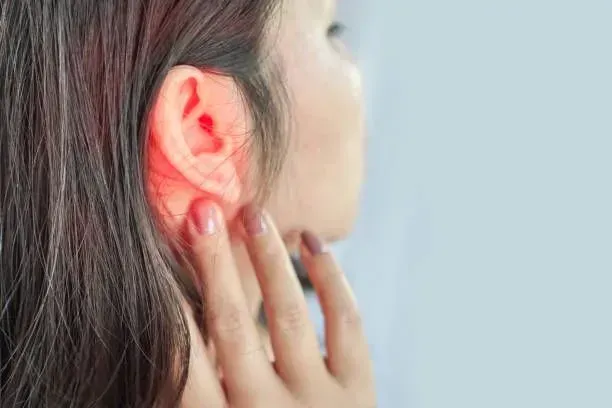First Aid Basics Everyone Should Know
Unexpected minor injuries can happen anywhere—in your home, at work, or while you're out and about. Knowing basic first-aid skills ensures you can handle these situations effectively, keeping yourself and others safe until professional medical help is available. Below, we provide clear and practical steps to manage common injuries and health concerns.
Treating Minor Cuts and Scrapes
For simple surface-level cuts or scrapes:
- Wash Your Hands: Use soap and water to prevent bacteria from entering the wound.
- Clean the Wound: Gently rinse under cool running water to remove dirt or debris. Avoid hydrogen peroxide or alcohol, as they can irritate the skin.
- Apply Antibiotic Ointment: This minimizes the risk of infection.
- Cover the Wound: Use a sterile bandage and change it daily or when wet/dirty to maintain cleanliness.
If you notice increasing redness, warmth, swelling, or discharge, consult an urgent care center promptly.
Caring for Muscle Strains and Sprains
The
R.I.C.E. method can ease pain and swelling:
- Rest the injured area to avoid further strain.
- Ice the area with a wrapped cold pack for 20 minutes every few hours during the first two days.
- Compress with a bandage to reduce swelling without restricting circulation.
- Elevate the injury above heart level to help reduce swelling.
If the pain worsens or doesn’t improve, visit an urgent care clinic to rule out more serious injuries.
Read this next:
Dealing with Mild Ankle Sprains
Managing Blisters
Blisters caused by friction or minor burns should be handled gently:
- If intact, leave the blister alone and cover it with a cushioned bandage or gauze.
- If it bursts, wash the area with mild soap and water, apply antibiotic ointment, and cover it with a bandage to prevent infection.
- Avoid popping blisters, as this increases the risk of infection.
For blisters in high-friction areas like the heels, use moleskin padding to alleviate pressure.
Treating Minor Burns
For first-degree burns, like small sunburns or contact burns:
- Cool the Burn: Run it under cool (not cold) water for 10–15 minutes or apply a cool, damp compress.
- Protect the Skin: Pat the area dry and cover it with a sterile, non-adhesive bandage.
- Avoid Ice or bursting blisters, as both increase tissue damage or infection risk.
Seek immediate medical attention for large or severe burns or burns involving blisters over a wide area.
Handling Minor Allergic Reactions
To relieve mild allergic reactions:
- Avoid the allergen if possible.
- Take over-the-counter antihistamines to manage symptoms like itching, hives, or runny nose.
- For skin reactions, apply cool compresses or hydrocortisone cream to reduce irritation.
If symptoms worsen or involve difficulty breathing, visit urgent care immediately.
Recognizing and Responding to Choking
Act quickly if someone is choking:
- For adults and children over 1 year old: Perform the Heimlich maneuver by standing behind them, wrapping your arms around their waist, and using upward abdominal thrusts until the object is expelled.
- For infants under 1 year old: Lay the infant face down on your forearm, support their head, and give five firm back slaps between the shoulder blades. If this doesn't work, turn them face up and use two fingers for five chest compressions. Call emergency services if the obstruction persists.
Treating Insect Bites and Stings
For most bites or stings:
- Move to a safe area to prevent further bites or stings.
- Remove a visible stinger by scraping it with a credit card or similar object.
- Wash the area with soap and water, then apply a cold pack to reduce swelling.
- Use antihistamines or hydrocortisone cream to relieve itching and irritation.
Seek urgent care if you experience severe allergic symptoms like difficulty breathing or swelling of the face.
Know When to Seek Medical Care
While these basic first-aid tips can help manage minor injuries effectively, some situations require professional attention. If symptoms persist or worsen, don’t delay visiting UrgiClinic Urgent Care. Our team is ready to assist and ensure you receive the best possible care.
Address injuries with confidence, knowing you have the tools and support to act swiftly.


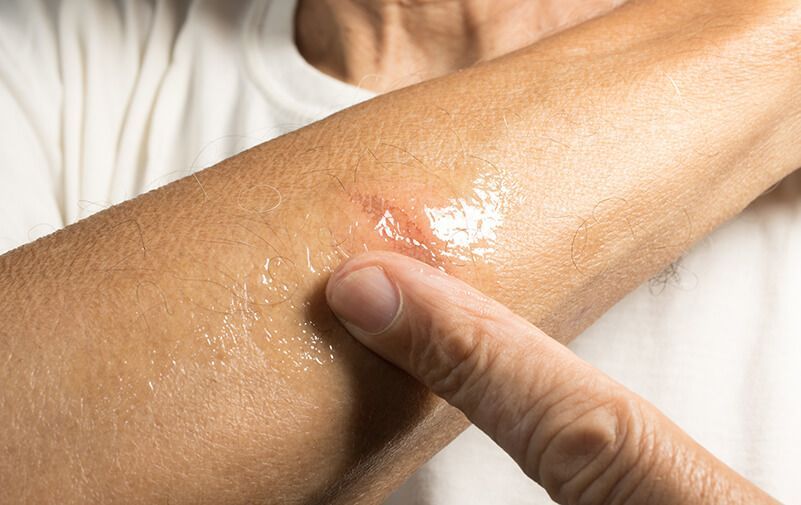
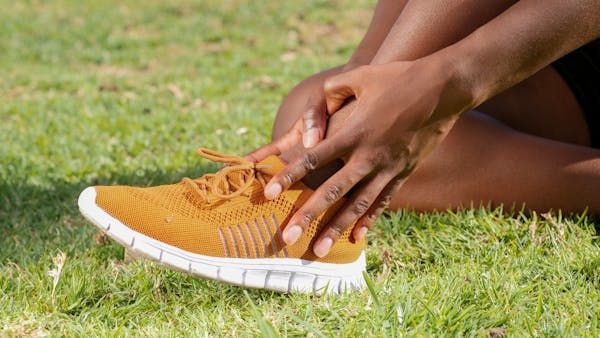


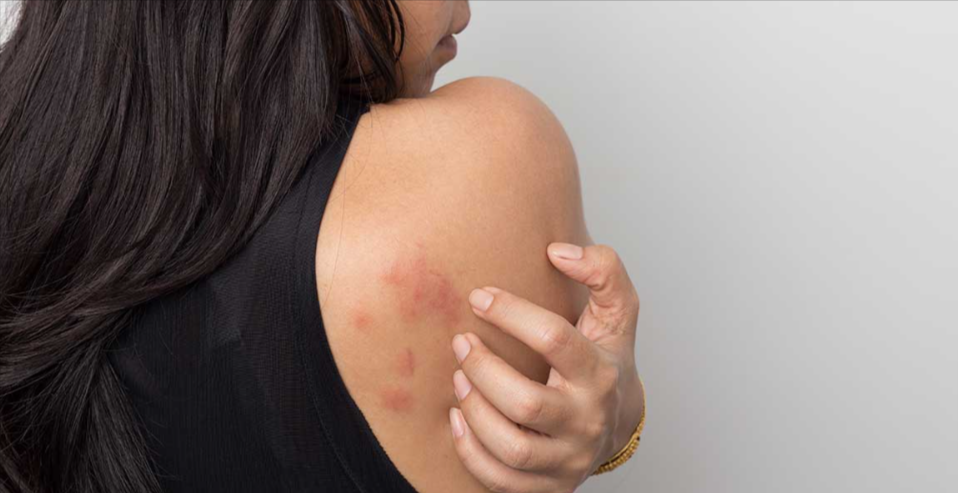
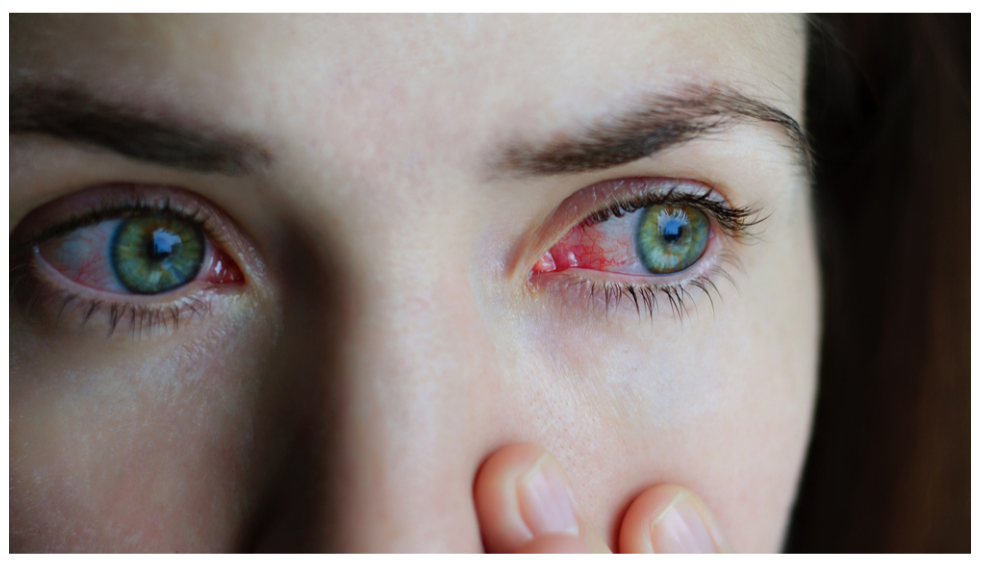
If you believe you have a medical urgent situation, please call 911
Hours: Open 7 Days a Week, from 9 AM to 9 PM
LEGAL LINKS
Quick Links
Contact Us
Phone: (708) 788-5088
Fax: (708) 575-7177
Email: care@urgiclinic.com
Address: 7124 W 83rd St Unit C, Bridgeview, IL 60455
All Rights Reserved | UrgiClinic Urgent Care

